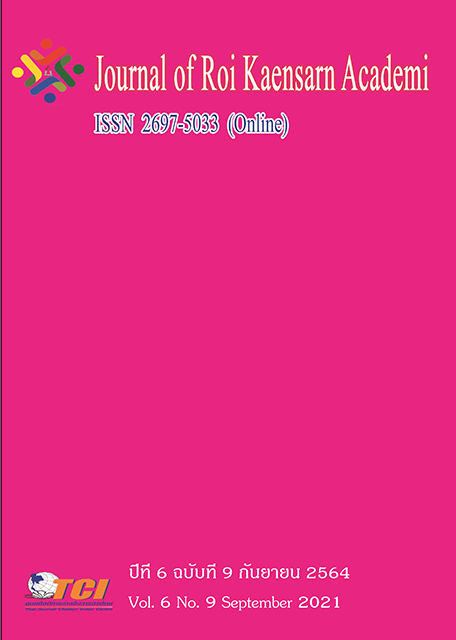The Expectation of the Impacts of High-Speed Railway Along the Line Laem Chabang to Map Ta Phut
Main Article Content
บทคัดย่อ
When the high-speed railway Laem Chabang to Map Ta Phut now is been building, it is important to find out what are the impacts it does on the area that the train passing through, because the results will greatly help the government to better manage the human resources of the project and optimize the project effects, and for the investors to doing the optimal decision makings.
This research has objectives: To study how the impacts of the railway will facilitate the labor potential, industrial potential, social and infrastructural potential, market infrastructure potential, investment potential and budget and finance potential over the surrounding area.
This research uses qualitative methodology to probe an expectation of all stakeholders towards the railway construction and operation. the researcher used in-depth interview to estimate the contribution of the transport factor affecting the surrounding area in several aspects, 12 inhabitants and 30 business owners and 6 government officers had been chosen to be participants of the interview, the results of the research are the railway will have influences on labor potential, industrial potential, market infrastructure potential, investment potential of its radiating surrounding area.
Article Details
เอกสารอ้างอิง
Al‐Emadi, M. A. S., & Marquardt, M. J. (2007). Relationship between employees’ beliefs regarding training benefits and employees’ organizational commitment in a petroleum company in the State of Qatar. International journal of training and development, 11 (1), 49-70.
Balser, D., & McClusky, J. (2005). Managing stakeholder relationships and nonprofit organization effectiveness. Nonprofit Management and Leadership, 15 (3), 295-315.
Bridge, G. (2009). Material worlds: Natural resources, resource geography and the material economy. Geography Compass, 3 (3), 1217-1244.
Huse, M., & Rindova, V. P. (2001). Stakeholders' expectations of board roles: The case of subsidiary boards. Journal of management and Governance, 5 (2), 153-178.
Kolikias, M. (2004). Infrastructure funds on the move. ASX, Sydney.
Litman, T. (2006). Economic Evaluation For Transportation Decision-Making.
Loosemore, M., Dainty, A., & Lingard, H. (2003). Human resource management in construction projects: strategic and operational approaches: Taylor & Francis.
Meintjes, C. (2001). Guidelines to Regional Socio-economic Analysis. Development Bank of Southern Africa.
Ray, C. (2000). Endogenous socio-economic development in the European union—issues of evaluation. Journal of Rural Studies. 16 (4), 447-458.
Rietveld, P., & Bruinsma, F. (2012). Is transport infrastructure effective?: transport infrastructure and accessibility: impacts on the space economy: Springer Science & Business Media.
Schwalbe, K. (2009). Introduction to project management: Course Technology Cengage Learning Boston.
Storey, J. (2016). Human resource management: Edward Elgar Publishing Limited.
Wenzel, T. A., Burnham, K. J., Blundell, M. V., & Williams, R. A. (2006). Dual extended Kalman filter for vehicle state and parameter estimation. Vehicle system dynamics, 44 (2), 153-171.
Wilson, F. R., Stevens, A. M., & Holyoke, T. R. (1982). Impact of Transportation on Regional Development (Abridgment). Transportation research record.

